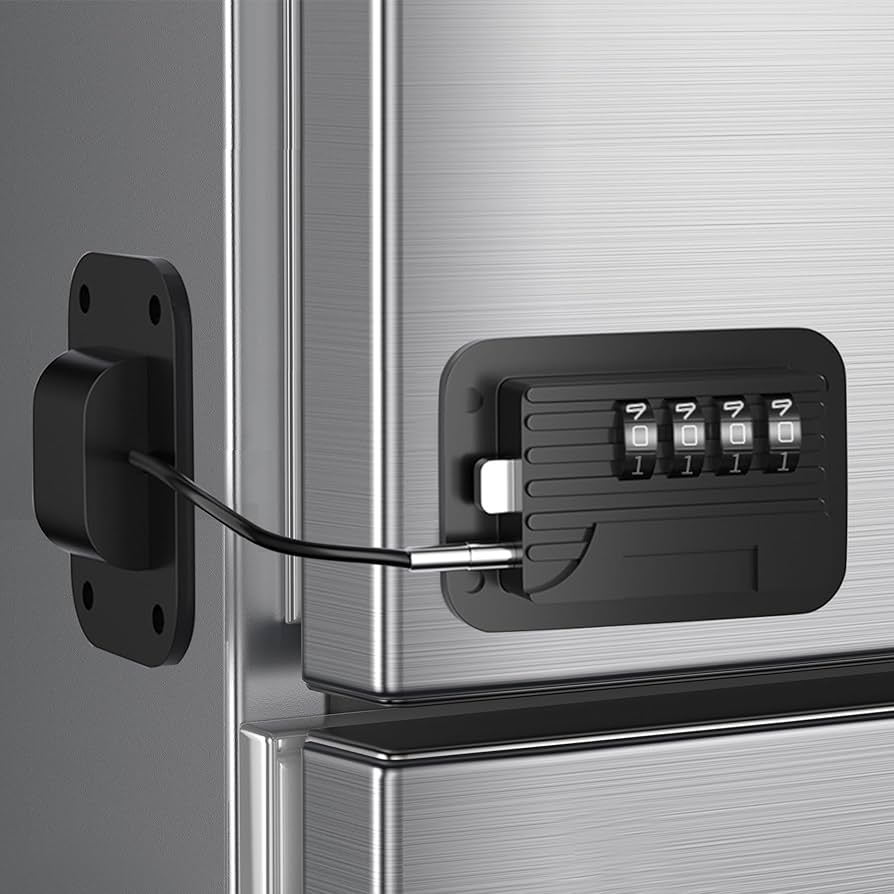Clause 3 – How to understand the definition of “non-detachable part”
non-detachable-part: part that can only be removed or opened with the aid of a tool or a part that fulfils the test of 22.11.
The definition of this concept is mainly for the judgment of clause 8 and clause 20, and the judgment of other clauses may also be used. On the appliance, whether any part is effectively fixed and cannot be removed cannot be judged by a certain arbitrary or subjective principle. Therefore, here, the standard stipulates two principles to determine whether the parts on the appliance are effectively fixed and cannot be removed. The first principle is the parts that cannot be removed without using tools, and the second principle is the parts that can withstand the test of clause 22.11. For easy understanding, I briefly introduce the requirements of clause 22.11. Clause 22.11 mainly stipulates how and how much force of push, pull, torque, and if the user’s fingernail clip is applied to a part of the product to see whether the part is fixed reliably. I will introduce the rules in detail in clause 22.11. The tools here include common household tools such as screwdrivers.
The principle that needs to be controlled is whether the user uses a tool to remove the part with a clear purpose, and such removal is a non-routine device operation determined by the user. Is a coin a tool? Is a key a tool? I think that in the 60335 series of standards, they should be defined as tools. First, the operation of removing a part with a coin is more difficult than a tool, and this operation is an operation with a very clear purpose. Usually, this operation is also non-routine. It may be that the person using the coin cannot find the tool. We can consider the part removed by the coin as a non-detachable-part. Secondly, a key is usually more difficult to obtain than a regular tool, especially when the door opened by the key is used to prevent touching dangerous moving parts and live parts, etc., it can be considered a tool. In this case, it is recommended to add corresponding warning statements in the manual.
There are exceptions for keys. For example, the key for opening the door of a household refrigerator is not considered a tool; at the same time, the key for opening the door of a commercial refrigerator is considered a tool; here, my judgment principle is to determine it based on the expectation of the occurrence of danger. A locked household refrigerator is usually locked inside to prevent children from entering the refrigerator. Its purpose is not to prevent touching moving parts or live parts. Commercial refrigerators or commercial computer room air conditioners use locks to prevent theft or to prevent untrained or unauthorized personnel from entering and touching dangerous moving parts or live parts.
The protective housing fixed by screws on the appliance can be considered a non-detachable-part.

